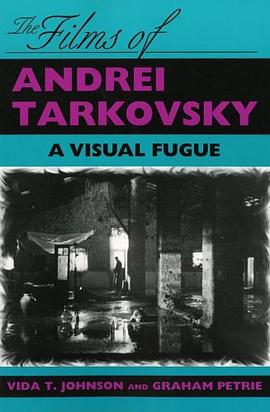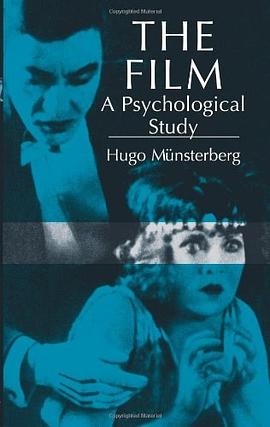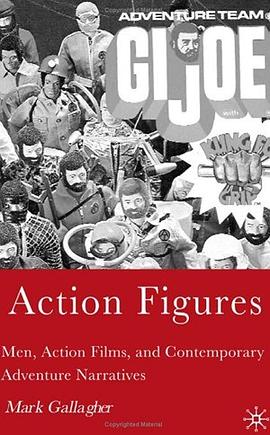

具体描述
When the wall came down in 1989 and the twentieth century’s last great political ideology, Communism, appeared to lie in shambles for good, many people believed in the possibility of a new and harmonious order. German political leaders, giddy with the anticipation of soaring growth rates, painted glowing scenes of prosperity. Reunification, rebuilding in the East, a booming stock market, and a New Economy — all this dominated German thinking in the decade following 1989.
A very different picture presents itself at the beginning of the twenty-first century. The rosy dreams have vanished for the moment, the global political and economic situation has changed dramatically, at least since September 11, 2001. Especially in nation states worldwide, the present situation brings to light innumerable political and economic obstacles, omissions, misdirections, and wrong choices. Their social effects and ramifications for generations to come are only dimly visible to us today. Our image of the world is replete with catastrophes, from stock market crash to bombs over Baghdad, zoomed into our living rooms every evening. The handwriting on the wall that once struck fear in the tyrants of the well-known story now appears to each of us, displayed by the media as a 24-hour news report from all the world’s hot spots.
The author and filmmaker Alexander Kluge, born in Halberstadt in 1932, succeeds in many ways in translating this handwriting on the wall, these super-dimensional Mene Tekels, into artistic expressions. In the stories contained in his books, Kluge reduces the gigantic dimensions of global politics — simplified and drained of meaning in the unchanging images of statesmen shaking hands, parliamentary chambers, and stereotypical press releases — to the perspective of individual human experience. There his reader meets our world at eye level.
Kluge, the multimedia juggler, trained in church music and law, last fall’s recipient of the Büchner Prize, media theorist and university professor, producer and TV entrepreneur, is known to many through his twenty-three films and his nighttime television interview programs. With his insatiable spirit of discovery and collector’s passion, he searches the gaps and seams in the major political events of our time and their aftermath, looking for the details with potential for narrative.
Most recently, in the individual lives and stories of his fat, two-volume Chronicle of Feelings (2000), he told of the experiences and feelings by which we react to ages and epochs and their respective cracks and fissures. Into this chronicle’s 2,000 pages Kluge gathered the narrative texts he had so far produced, focused on a half-century of German history from 1945 to the present. Sometimes with laconic brevity, sometimes more expansively, he dealt primarily with the emotional undercurrents, with the quantities of feeling that operate in the depths of history and can only be made visible on the surface of single, momentary events and destinies.
What might sound top-heavy convinces the reader at the very first glance with its direct accessibility and its rich diversity of stories and biographies — part invented, part true, but in any case sure of their facts. A linear reading is no more necessary than taking in the whole book from first page to last. Browsing and stopping here and there to read a section, as one might while looking through the encyclopedia, is an entirely appropriate way to approach the work.
Now Alexander Kluge has produced the next stage of his grand project of a “narrative quantum physics” (thus the literary critic Manfred Schneider) with a new collection of some 500 stories, all written in the last three years. Borrowing format and method from the fateful-catastrophic mini-stories and tales in The Chronicle of Feelings, his narrative interest in The Gap Left by the Devil shifts from the subjective side to the “spirit world” of “objective facts,” as Kluge explains in his foreword.
In his “search for orientation,” the threatening structure of reality itself is thrust into the center; yet, as in the Chronicle , it can only form a momentarily static panorama in the kaleidoscope of countless little stories. Where can we find the “gaps in our cosmic systems, the cocoons we live in”? Thus Kluge indicates the route his investigation shall take “in the context of the new century” (the book’s subtitle). In the fully 1,000 pages which follow, he then lays out the storyteller’s polished results — arranged in a vast survey, bristling with headings and difficult to summarize.
Cued by signposts like “revolution,” “world war,” “Chernobyl,” “September 11,” “outer space,” “power,” and many more signaling just a few of the disparate but emphatically operative complexes in a seemingly opaque reality, Kluge’s stories follow the thread of these and similar Mene Tekels of the twentieth century. These pointedly crafted stories pay particular attention to the mysterious mechanism of events and the purposeful rationality inherent in them.
The first chapter, “Between Alive and Dead / What Is Meant by ‘Alive’?” clearly forms the nucleus in this gigantic cosmos, encircled by all the stories in the other eight major sections. Kluge’s associative powers, his rich stock of found and invented items, and an interest seeming to reach back in every thematic direction, appear at first glance to follow no system. Underground connections — like those between the meaning of nacreous luster, an afternoon with Maria Callas, the dog Laika, Hitler’s most fortunate journey, building a railway in Baghdad in 1941, inexplicable reactions in sandstone layers, certain astrophysical effects, the sinking of the Kursk, Walter Benjamin’s favorite films, or Heinrich von Kleist’s Würzburg journey — are revealed only gradually in the course of its reading.
What might look like a compendium of random stories about God and the world (or better: God and the devil’s workings in the world), sometimes invented, sometimes true, sometimes both in combination, reveals itself more and more clearly as an indefatigable geographer’s mapping — a geographer trying, as it were, to pace off an immeasurable world of experiences, alert to each curious rise in the ground, each peculiarity in the terrain, and sketching them in on his map. Now of course, the entire world cannot be depicted in full scale by such a method; the mapmaker would be irretrievably lost in a thicket of details within just a few steps. Nevertheless, from all the stories gathered here there emerges the image of a world riddled with gaps. It seems that what Kluge enjoys most about the cheese are the holes in it.
For the book’s frontispiece he chooses a photograph showing five mules crowded together on a little island, surrounded and cut off by the waters of the flooding Missouri River. They wait to be rescued and cannot move from the spot. Of course, as we proceed through the book’s kaleidoscopic, individual stories, it turns out to be present-day humankind who are the island-dwellers, somehow marooned, unsheltered, and uncertain of what the future might bring.
The Gap Left by the Devil — Where can it be found? Perhaps with the woman from Odessa whose story Kluge tells: Disillusioned with life in the West, she attempted to jump to her death, landed on the roof of a rusted-out car, survived the fall, and later met the man of her life. Or in that forest fire on Lüneburg Heath that a certain married couple named Pfeiffer encountered sometime back in the ’50s while on their way to Lüneburg to get a divorce. The road was blocked, the Pfeiffers were stuck there, began talking things over, and were reconciled.
Should we believe that suddenly the devil is also a force which now and then creates good? Final explanations will not be found here; they are not even part of the plan in Kluge’s stories. His narrative style refrains from didacticism, counting instead on the imaginative act of the reader, who is left to make his or her own sense out of the story. A demanding project, ponderous in scale, but light-footed and successful in execution.
One of the finest stories, “The Legibility of Signs,” tells about Philemon Berdyev, a graphic artist in Lvov who since 1986 has been working to discover how the message “Warning: Lethal Danger” could be communicated to intelligent beings by means of graphic symbols 6,000 years from now. One would have to take into consideration that by then the recipient would not understand any of the languages spoken today. It is not certain whether unambiguous iconographic meaning can ever be achieved. As for the legibility and interpretation of the signs in our present-day world, however, this much seems certain: hardly anyone has done that as tersely and pointedly as Alexander Kluge with his stories from the real world.
作者简介
目录信息
读后感
评分
评分
评分
评分
用户评价
相关图书
本站所有内容均为互联网搜索引擎提供的公开搜索信息,本站不存储任何数据与内容,任何内容与数据均与本站无关,如有需要请联系相关搜索引擎包括但不限于百度,google,bing,sogou 等
© 2026 book.quotespace.org All Rights Reserved. 小美书屋 版权所有




















